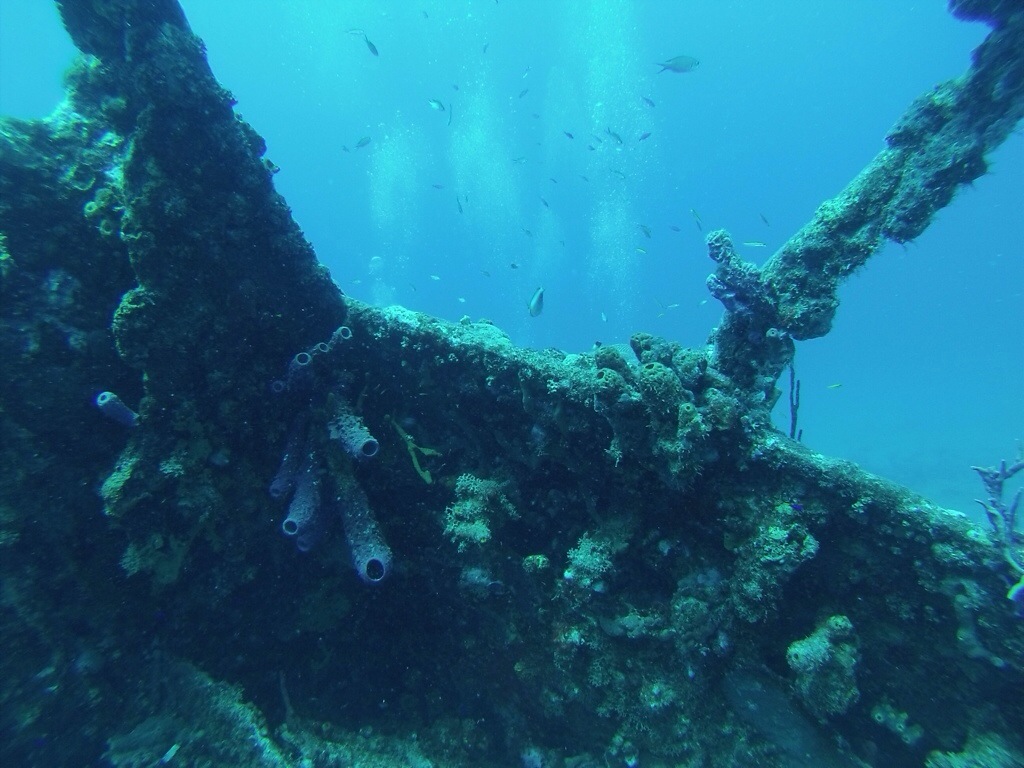Today we got to sleep in a bit, not meeting up until 8. After breakfast, the “Sea Monkey” group went to turtle tag while my group, “Sea Dragon”, went to Savannah Beach. This beach was sublime, lying among various mountains and flanked by the Caribbean Sea on one side and the Atlantic Ocean on the other. At Savannah Bean, we studied different marine invertebrates. They each belonged to a different phylum such as Arthropoda, Annelida, and Cnidaria. Arthropoda are animals with jointed appendages such as crabs. Annelida are long bodied organisms like Christmas tree worms and fire worms. Cnidaria are organisms with nematocysts for stinging. These included several types of coral and jellyfish. We then snorkeled using our fresh knowledge of invertebrates and applied it to a hands-on scenario. Lunch was ham or peanut butter and jelly sandwiches. After lunch, our group tried to catch a sea turtle in order to tag and keep a record of it. A government official, Joel, came and briefed us about sea turtles in Virgin Gorda. The reason they want to tag turtles is so they can trace their migration, breeding, and movement patterns. There are three types of marine turtles found in Virgin Gorda: Green, Hawksbill, and Leatherback. The method we used to capture one was called mantle towing. Six divers were towed behind the boat going around 20 mph while they held onto a rope and on the lookout for a turtle. After someone would spot one, they would raise their hand and the captain would stop the boat. The original spotter would keep his head down and his eyes on the turtle while the rest of the group surfaced and formed a plan to surround the turtle while one person swam from behind and grabbed its shell. Our group caught a green sea turtle and Joel tagged him on his flippers and injected a tag into his neck. After recording the turtles physical data, we named him Squirt and released him. Getting to see a sea turtle that close was dream-like.





